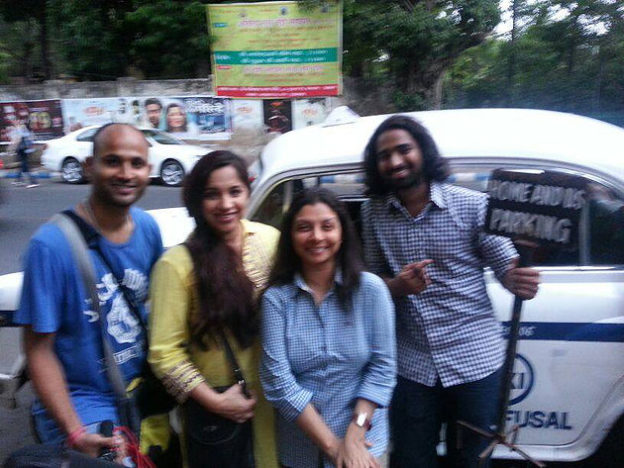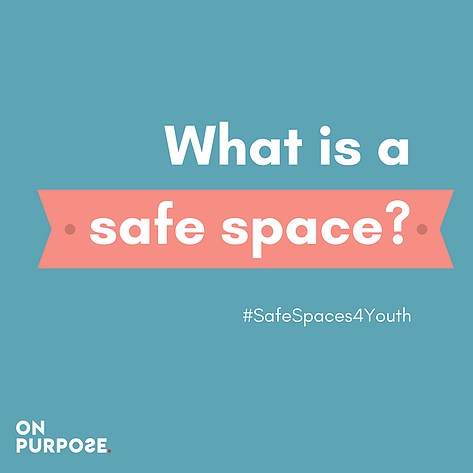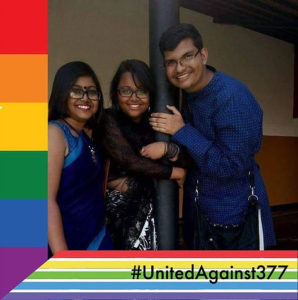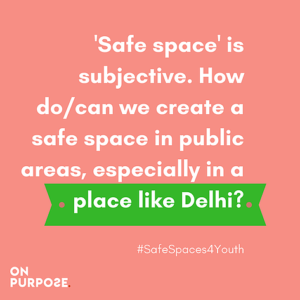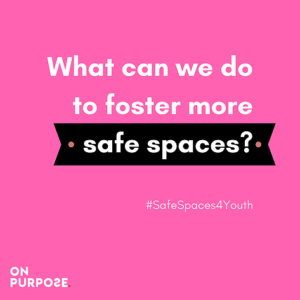Research need not be confined to ivory towers, nor films to Bollywood. Make them application-oriented; and they can very well be used to our advantage in ‘communications to drive social change’.
Making place for differentiated skill set in communications for social change
Here is a sector brimming with stories waiting to be shared (with stakeholders, or internally), and decisions waiting to be made, (whether in boardrooms or production studios). We lend the narrative a framework for visual storytelling, and/or collect and analyse hard data from the field, something the decision makers can thoroughly rely on.
Films and its variants for the social change sector
Few formats have the ability to bring an issue to life the way a film does. Use them to share experiences, explore, persuade, and create awareness. In a jiffy, your viewer is magically transported to the place of the action – whether in the heartlands of Uttar Pradesh or the highlands of Manipur.
Use films to document processes – either through a fictionalized format or a series of live shoots, you can document the ground work, processes and outcomes of a particular project. When implementing the same in a new region, simply get your new partners together and watch the film through a neat 15-20 minutes and it tells all. Films have an added emotional dimension; and case study films give us a peek into the lives of the people we feature.
Next, the promotional film creates awareness about a project. Tight and succinct, it can help bring different players of the sector on the same page, share knowledge and perspective, and garner support to work towards a common cause. Finally, when films are made to study impact, it combines perspectives and experiences of people who have benefited from an intervention and also the learning and experiences of the planners and executors of the project.
Research and its applications
Using research is the best way to help organizations invest their funds in the right place. Use it also to determine the future course of your projects. By and large, research can be clubbed into baseline or endline surverys, need and impact assessments. While qualitative research comes with smaller sample sizes and uses interviews, case studies and focus group discussions, the quantitative kind uses larger sample size with statistical analysis. Some situations demand combining the two, and this is where research design comes in. By using research, a radio station could profile its audience and understand programme preferences, for example. Or go into the tribal pockets and examine how agricultural patterns have changed – if you’re looking to understand what kind of training would be most suitable for the farmers.
And then there are by-products of these formats: case studies, photo-features, articles, reference guides. A customized product can emerge using any permutation and combination and even be a stand-alone product. In creating all of this, we combine the academic, journalistic and the creative, drawing from its skills and capacities, values and philosophies. As much as it brings value for the company who employ these skill sets, it creates an equally soul-searching and fulfilling experience for us communication professionals.

